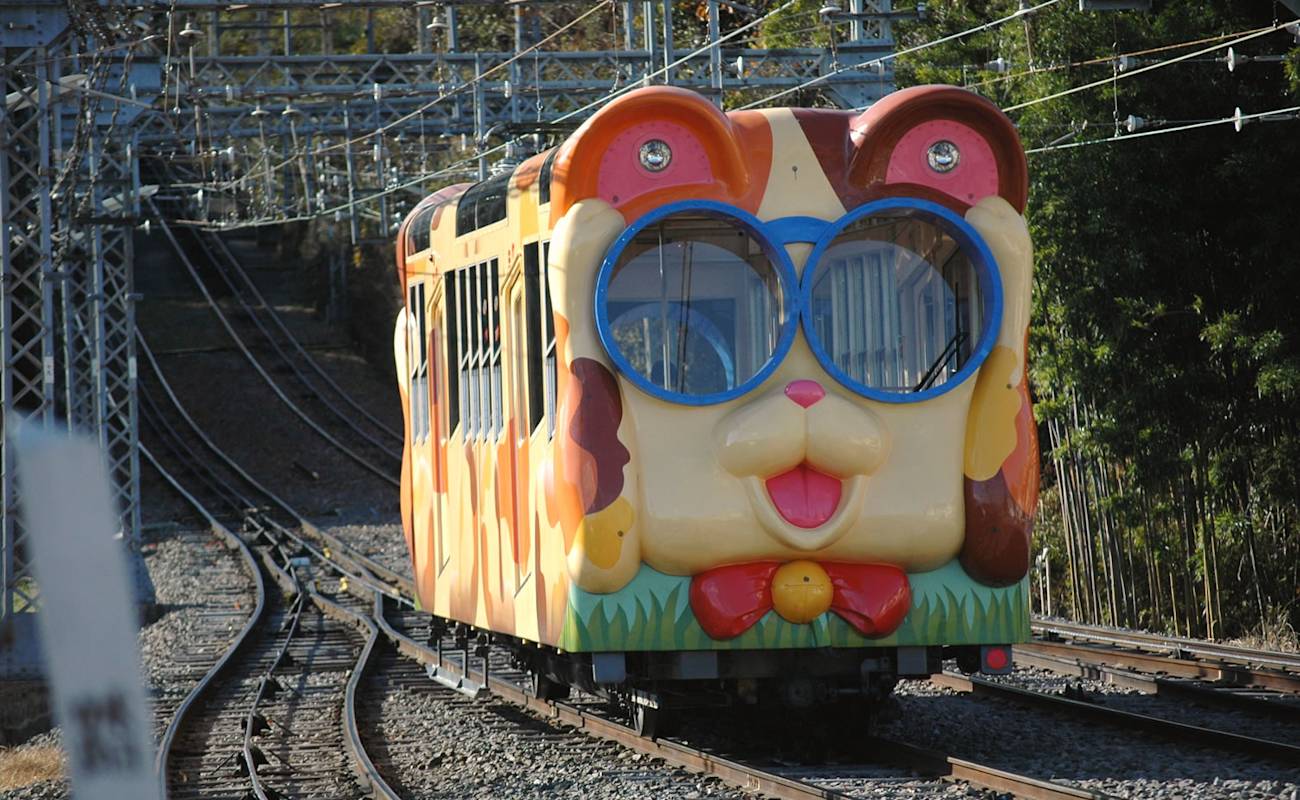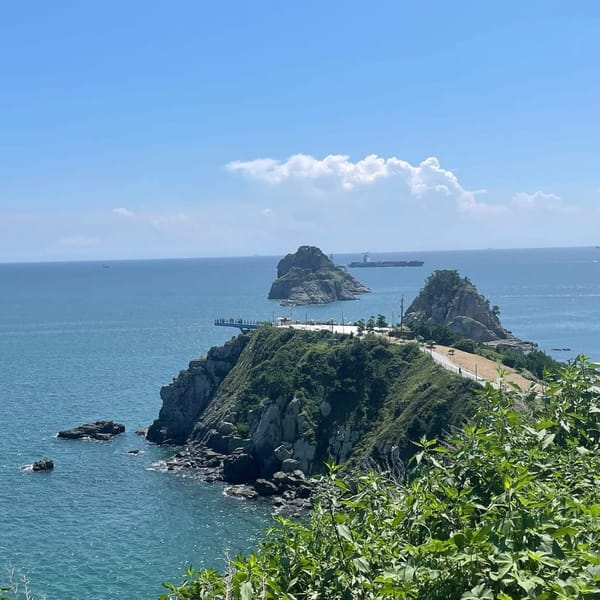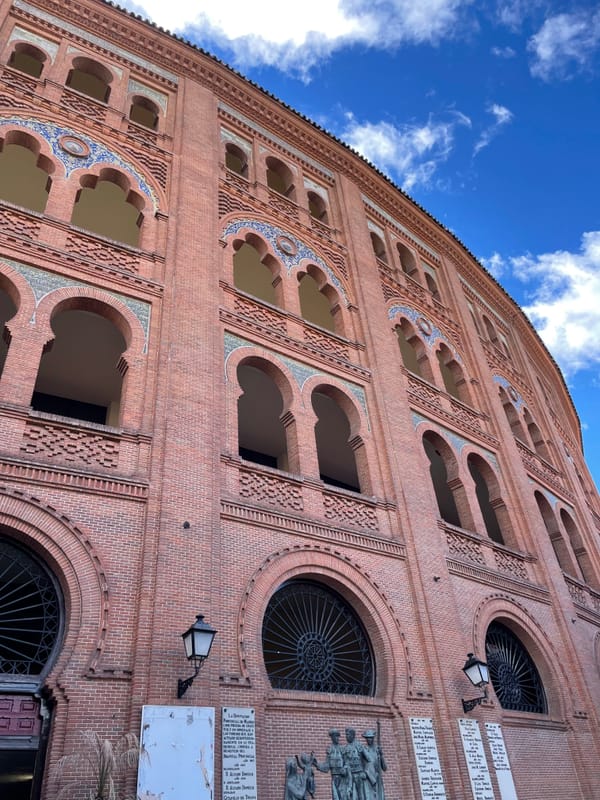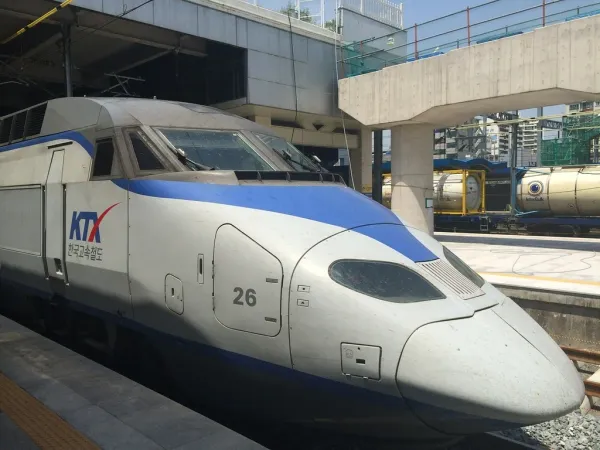Japan’s Cutest Cable Car? Osaka’s Mount Ikoma Ride with Animal Cars
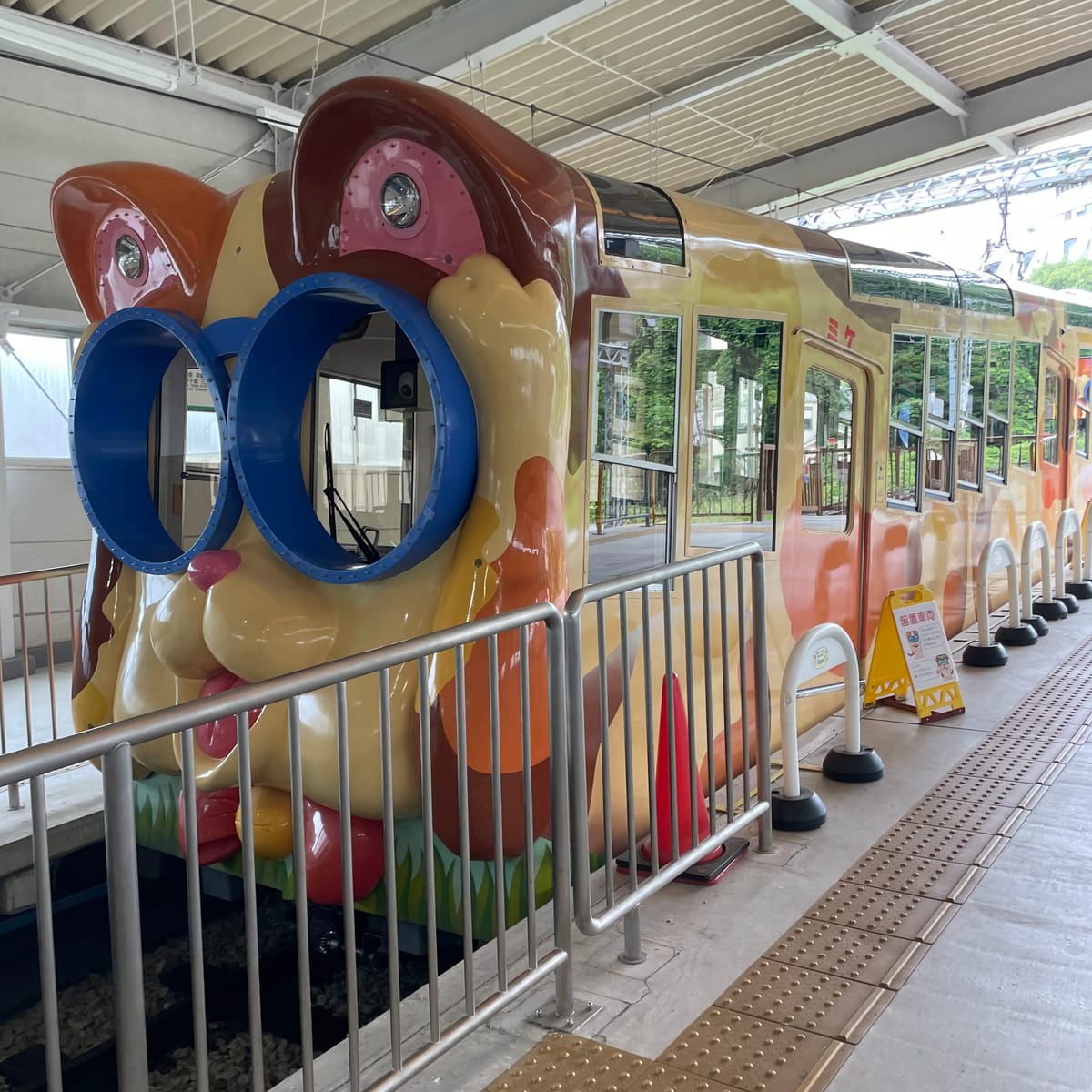
During my summer trip to Osaka in 2024, I found myself wanting to escape the city for just a day and experience a quieter, more natural side of Japan. I figured the best way to do that was to climb the nearest mountain and hopefully get a good view of the Osaka skyline while soaking in the countryside. What I didn’t expect was how whimsical and strange the entire adventure would be. Mount Ikoma, which sits right on the border between Osaka and Nara, ended up being one of the most memorable parts of my trip. It was truly a part nature escape, part nostalgic throwback, part total surprise.
To get there, I hopped off the train at Ikoma Station and transferred to the nearby Tori-Mae Cable Car, where I was immediately greeted by something that felt straight out of a Ghibli movie: a cable car shaped like a dog. Or was it a cat? Turns out, both exist. The cars on this line are painted with animal faces, complete with ears, names, and plenty of charm. I had done zero research before going, so I was not ready for the initial sight of the Kintetsu Ikoma Cable Line (生駒鋼索線). It wasn’t just a gimmick either. The entire cable car system is a piece of living history. It’s actually split into two different lines that connect at a midpoint station, and the round-trip fare for the whole ride is just ¥580, or about four U.S. dollars. The first section, which connects Tori-Mae Station to Hōzanji Station, opened all the way back in 1918. While the cars obviously didn’t have animal faces back then, the route itself has been in service for over a century. The line was even recognized in 2021 as a Civil Engineering Heritage Site for being the only double-track funicular in all of Japan, a title that sounds niche, but is pretty impressive when you think about how much infrastructure this country has.
Kintetsu Ikoma Cable Car in action. Ikoma, Nara, Japan. Photo by John Grubb 2024
The entire cable car ride takes you up an elevation of about 400 meters (1,312 feet), with some parts of the incline reaching up to 33%. For context, that's steeper than most mountain roads, and definitely steeper than what you'd expect for something that feels like a children's ride. You get an incredible sense of height as you climb first through quiet neighborhoods, then rising above the treetops. The view shifts with each passing second, and even though the ride is short, it gives you this surreal transition from city to countryside to mountaintop in under 15 minutes
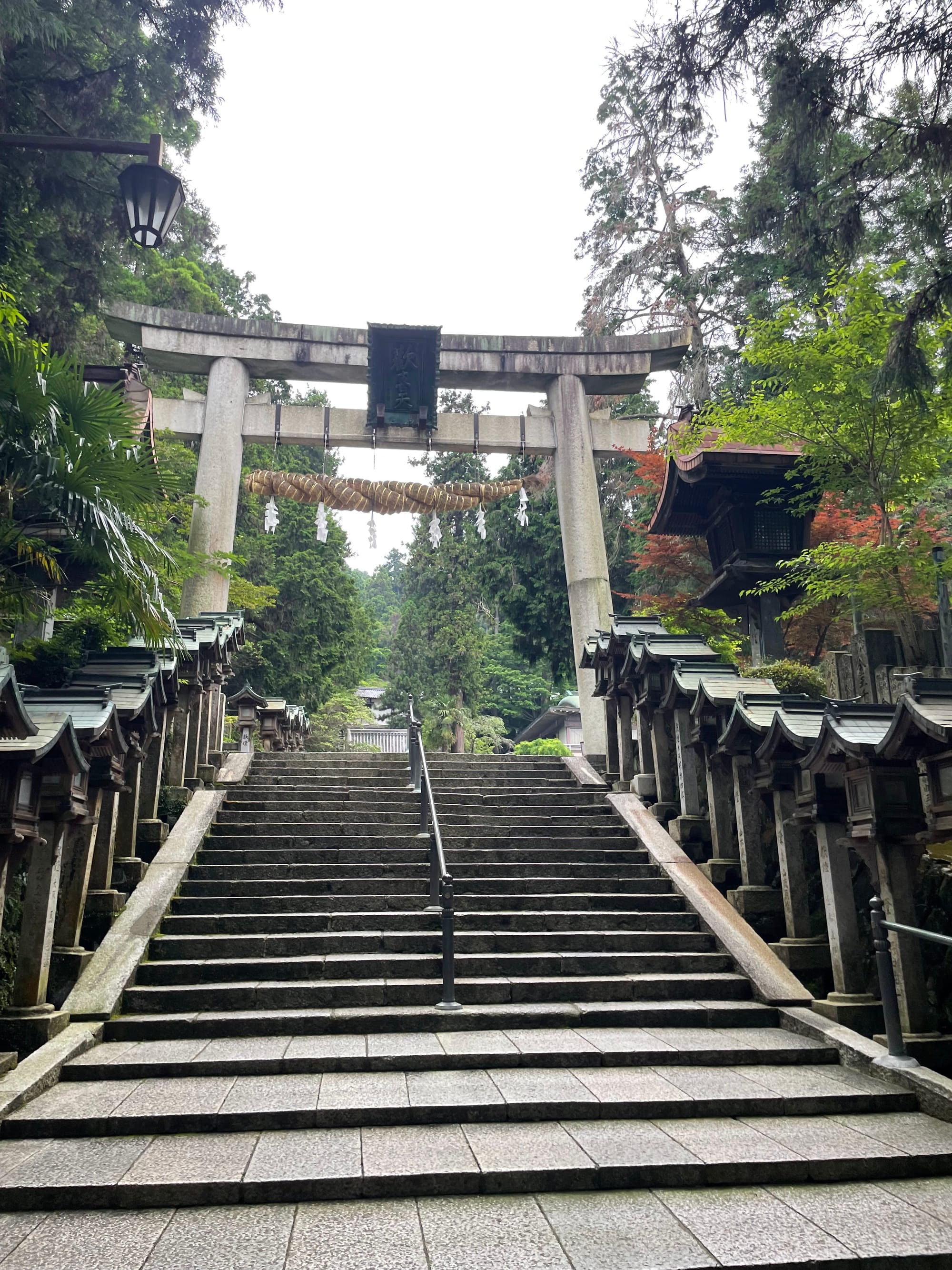
When I got off at the first stop, I decided to spend some time exploring the Hōzanji area instead of immediately continuing to the summit. This turned out to be a great decision. Just a short walk from the station is Hōzan-ji, a Shingon Buddhist temple that’s been around since 1678. It’s tucked away in the mountainside, and as you climb the stone steps and wander through the paths, you get this peaceful, almost timeless feeling. Unlike some of the more crowded tourist spots in Kyoto or Nara, this place felt quiet and alive, like it was still in use by the people who live nearby. The views from the temple grounds were beautiful too. Through the trees, you could catch glimpses of the city below, and the air felt cooler and cleaner than it did in the city center. There were hidden paths, small statues tucked into corners, and moss-covered lanterns that looked like they hadn’t moved in centuries. It felt like I was stepping into an older, more spiritual version of Japan, one that you don’t always see unless you leave the main train lines.

After spending time at the shrine, I hopped on the second leg of the cable car system, the Sanjō Line, which takes you from Hōzanji up to the very top of Mount Ikoma. At the summit, there’s something I wasn’t expecting at all: an amusement park. The Ikoma Sanjō Amusement Park is a retro, family-friendly park that sits right at the peak of the mountain. I was looking forward to getting a panoramic view of Osaka from the top, maybe even catching sight of the skyline or the sea in the distance. Unfortunately, I had made the mistake of going on a weekday, and the park was completely closed. Not just quiet... closed. No people, no sounds, just fog and silence. It was eerie, but also kind of cool in a post-apocalyptic way. Even though I didn’t get the view I had hoped for, walking through the fog-shrouded park gave the whole trip a dreamlike quality. It’s not every day you take a 100-year-old animal-themed cable car up a mountain to an abandoned amusement park in the clouds.
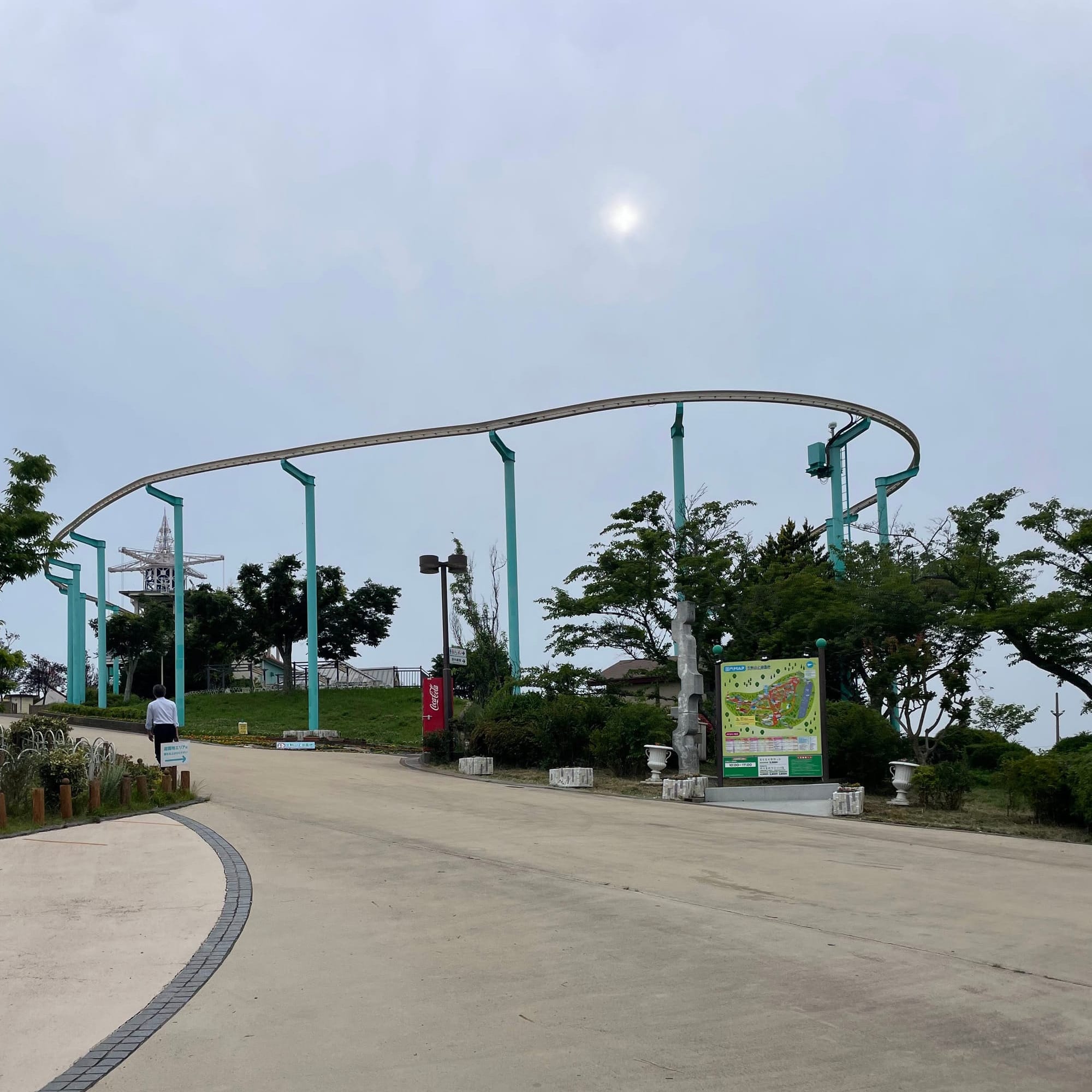
Despite the anticlimactic ending, I’m really glad I made the effort to visit Mount Ikoma. It’s one of those places that doesn’t get hyped in the guidebooks, but has all the weird charm and layered history that make for a truly memorable experience. It was quiet, a little strange, and completely different from anything else I saw during my time in Osaka. If you’re someone who likes a mix of offbeat adventures, historical landmarks, and serene natural spots, it’s absolutely worth the trip.
Sources Used:

